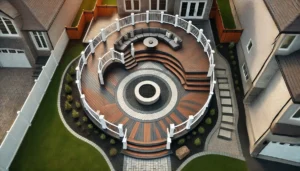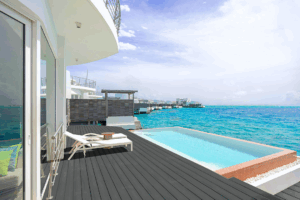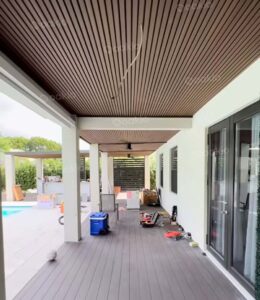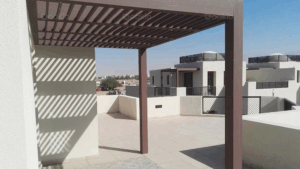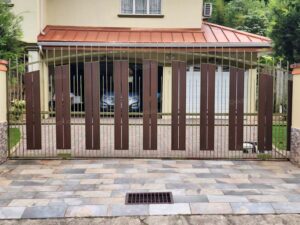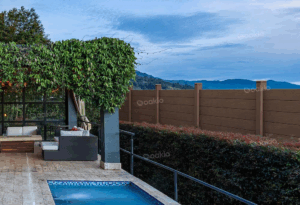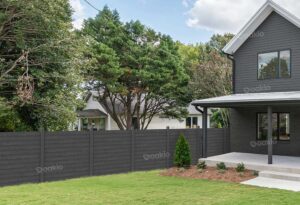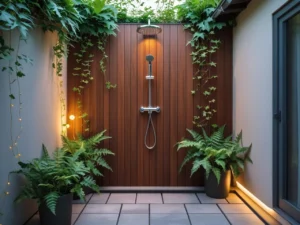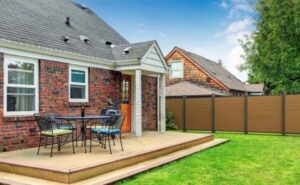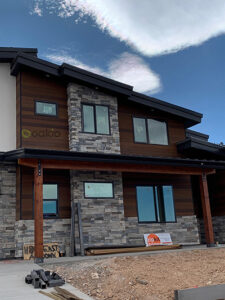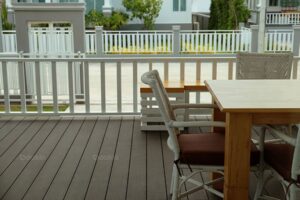The DIY Builder’s Guide to Deck Beam Span Charts for WPC Decking
When building or renovating your own deck, safety and structural integrity should always come first. One of the most important tools you’ll need is a deck beam span chart. This simple but crucial guide helps you determine how far your beams can safely stretch between supports, an essential factor for creating a strong and stable deck. With WPC (wood-plastic composite) decking growing in popularity among DIY enthusiasts, it’s important to match this durable material with a solid foundation. That’s where proper planning and a good grasp of spacing requirements come into play.
Beyond structural knowledge, success also depends on using the right materials and installation techniques. From understanding the lifespan of WPC decking to learning how to install it correctly, having the right information will save you time, effort, and costly repairs in the future. In this guide, we’ll walk you through the essentials to help you build a deck that’s beautiful, safe, and long-lasting.
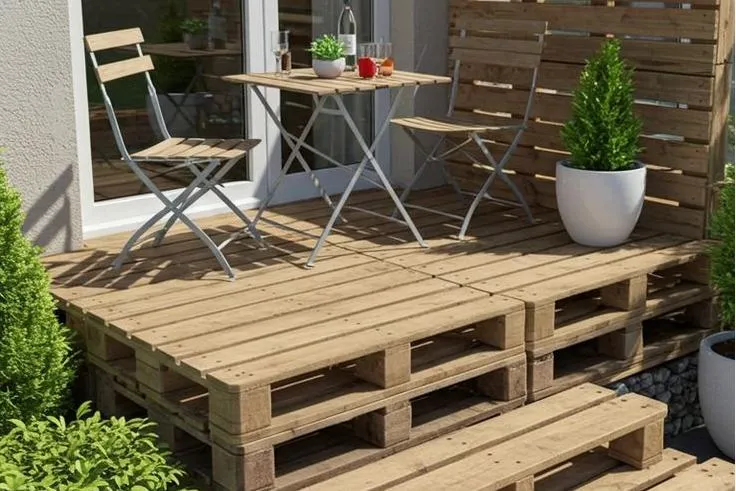
Understanding the Deck Beam Span Chart
A deck beam span chart is an essential reference tool when planning the structure of your deck. It helps you determine the correct size and spacing of beams based on key factors such as the type of lumber, its dimensions, and the expected load. These charts are created from tested engineering data to ensure your deck is both safe and stable. For DIY builders, especially those using WPC decking, it’s important to understand that while WPC is durable and flexible, it behaves differently from traditional wood. That means paying close attention to beam spacing and support is a must.
To read a beam span chart properly, start by confirming you’re using the correct chart: joist or bearer, depending on what you’re planning. Then, identify your beam material and grade, match it with the lumber size, and find the corresponding span. This tells you the maximum distance that the beam can cover safely. Make sure your planned construction does not exceed this span. Also, factor in your expected load, the length of your joists, and the layout of your deck. Taking the time to understand how these components work together will give your project the strength it needs, while giving you peace of mind that your build is safe and solid.
Example of a joist span chart:
| Joint Size (mm) | Max Span for Lumber Joists (m) | Max Span for WPC Joists (m) | Joist Spacing (mm, on-center) |
| 38 x 140 | 2.7 – 3.7 | 2.1 – 2.4 | 400 |
| 38 x 184 | 3.7 – 4.3 | 2.7 – 3.0 | 400 |
| 38 x 235 | 4.3 – 5.2 | 3.2 – 3.7 | 400 |
| 38 x 286 | 5.2 – 6.1 | 3.7 – 4.3 | 400 |
How Long Does WPC Decking Last?
The lifespan of WPC decking largely depends on the quality of materials, proper installation, and regular maintenance. Most WPC manufacturers offer warranties ranging from 15 to 25 years or more, which highlights their long-term durability. Unlike traditional timber, WPC resists moisture, making it highly resistant to rot, insect damage, and weather-related wear. This makes it a reliable choice for outdoor use, especially when exposed to varying climates.
To make the most of your WPC decking, ensure it’s installed correctly, kept clean, and protected from excessive stress or damage. Over time, watch for signs that may indicate it’s time to replace certain boards. These include deep scratches, surface damage, warping, brittleness, or signs of material fatigue. By addressing these issues early and maintaining your deck properly, you can extend its life and enjoy a safe, attractive outdoor space for years.
How to Install WPC Decking
Installing WPC decking is a straightforward process when done with proper planning and care. Start with pre-installation preparation like measuring your space, planning the layout, and checking local building codes to ensure your deck meets safety standards. Good preparation reduces mistakes and helps keep your project on track.
Next, focus on the substructure. Provide joist spacing (typically 300–400 mm for WPC) and correct beam spans using the deck beam span chart. Make sure to use fasteners that are compatible with your materials to prevent slipping or damage.
When laying the boards, use basic tools like a saw, drill, board spacers, and a spirit level. Leave space between boards to allow for expansion and contraction. Finish your project by adding edge trims, cleaning the surface, and starting a regular maintenance routine to keep your deck looking great.
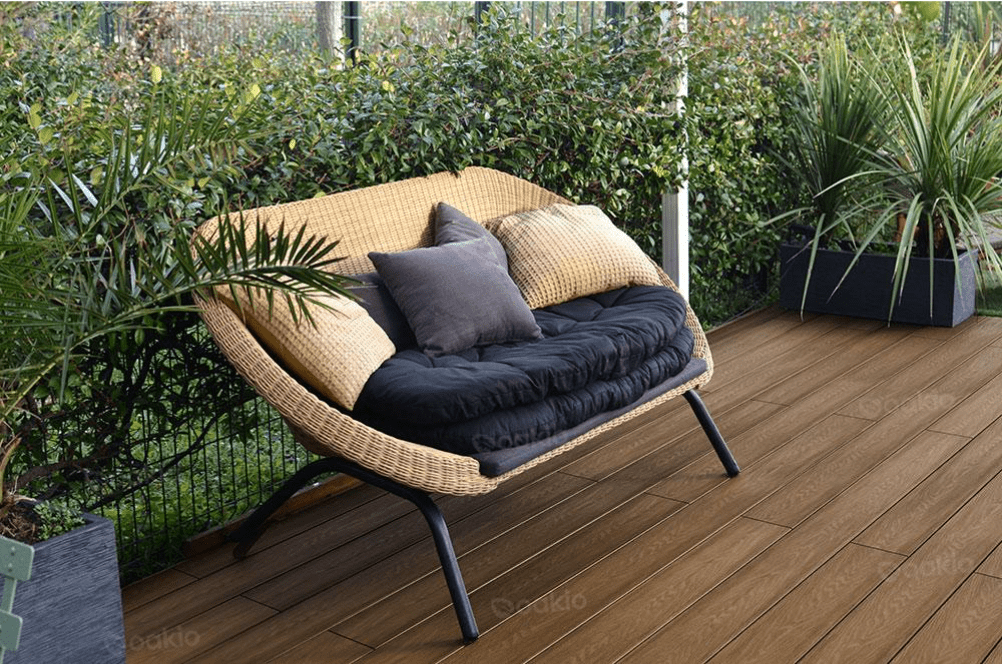
Essential Materials for Decking Construction
To build a durable and long-lasting deck, it’s important to gather the right materials before construction begins. Start with WPC decking boards, which form the visible surface of the deck and endure the most wear from foot traffic and the elements. For the substructure, use pressure-treated timber or composite joists and beams. These provide essential support, so follow recommendations from a deck beam span chart to ensure proper spacing and stability.
The structure should rest on concrete footings or adjustable pedestals, which serve as the base and protect the deck from ground moisture. Use stainless steel or coated fasteners to prevent rust and corrosion, and consider hidden clip systems for a cleaner finish. Basic tools like a saw, drill, level, tape measure, and safety gear will also be necessary.
When choosing between timber and WPC for substructures or decking, consider the long-term costs. Timber is initially cheaper but requires more upkeep. WPC, while more expensive upfront, is low-maintenance and highly durable. To ensure material quality and compatibility, research suppliers, request samples, verify standards, and confirm warranty terms to match your project’s needs.
Deck Beam Span Chart FAQs
What happens if you exceed recommended beam spans?
Exceeding the limits in a deck beam span chart can cause excessive bending and sagging in your decking structure. Over time, this may lead to serious structural issues such as cracked boards, split joists, or even full deck failure.
How do local building codes affect span requirements?
Local building codes set the legal minimums for deck safety. These may override manufacturer specs, so always check your area’s regulations before building.
Can you use WPC for beams, or is it only for decking boards?
Standard WPC can be used as composite decking joists, best over concrete slabs or flat, stable surfaces, where they can be fixed directly.
How do you adjust spans for heavier loads (e.g., hot tubs, planters)?
For heavy items, shorten span lengths or use larger supports. Always consult a structural engineer or check the manufacturer’s specs for safe adjustments.
Quick Troubleshooting tips for common DIY mistakes
- Maintain at least 5 mm expansion gaps
- Ensure proper airflow below the deck
- Use strong, treated joists for the substructure
Conclusion
Building a safe and long-lasting WPC deck starts with following the span chart recommendations and installation practices. For DIY builders, it’s essential to consult local building codes and manufacturer guidelines at every stage. These steps help prevent structural issues and ensure your deck performs well over time. For more tips, product details, and expert insights, visit trusted sources like Oakio or consult professionals if your project involves complex structural requirements.
Trending Reading
What Are the Differences Between the WPC Board and PVC Board?
[2025 Update] How Long Does WPC Decking Last?

